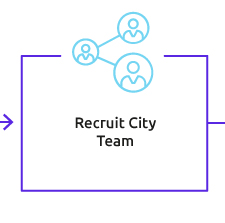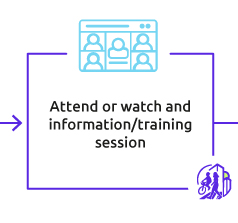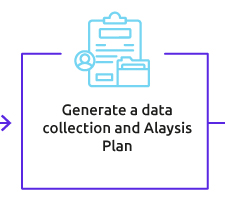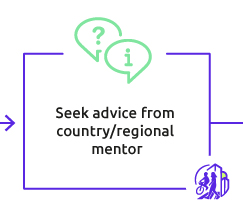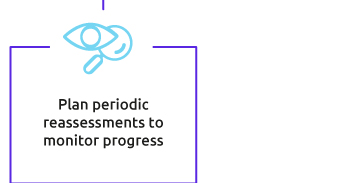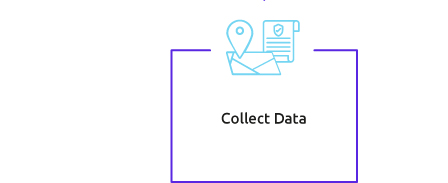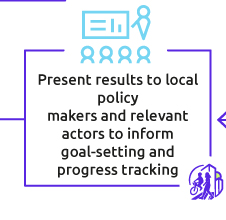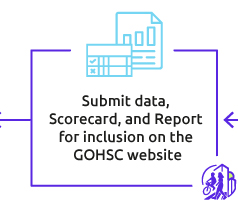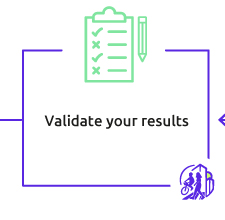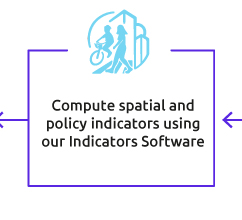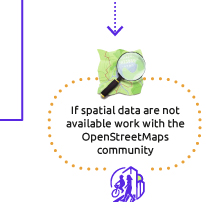1000 Cities Challenge
Reports and Scorecards
Click on the cities shown on the map or the list below to see their scorecard and brief report data
Test
Test
Test
Full Reports Available
Coming soon
Looking for team members
Africa
Asia
Changsha
China
Coming soon
Guangzhou
China
Coming soon
Harbin
China
Coming soon
Hiroshima
China
Coming soon
Kobe
Japan
Coming soon
Kyoto
Japan
Coming soon
Nagoya
Japan
Coming soon
Sapporo
Japan
Coming soon
Shanghai
China
Coming soon
Shizouka
Japan
Coming soon
Theran
Iran
Coming soon
Toyama
Japan
Coming soon
Tsukuba
Japan
Coming soon
Yokohama
Japan
Coming soon
Europe
Spain
Northern Ireland
Switzerland
Germany
Belgium
Austria
Portugal
Denmark
Czech Republic
Spain
Spain
Bilbao
Spain
Coming soon
Las Palmas de Gran Canaria
Spain
Coming soon
Madrid
Spain
Coming soon
Málaga
Spain
Coming soon
Murcia
Spain
Coming soon
Palma de Mallorca
Spain
Coming soon
Sevilla
Spain
Coming soon
Valencia
Spain
Coming soon
Zaragoza
Spain
Coming soon
3 Municipalities in Lisbon
Portugal
Coming soon
North America
United States
Mexico
United States
United States
Austin
United States
Coming soon
Colima
Mexico
Coming soon
Cuernavaca
Mexico
Coming soon
Guadalajara
Mexico
Coming soon
León
Mexico
Coming soon
Mérida
Mexico
Coming soon
Monterrey
Mexico
Coming soon
St. Louis
United States
Coming soon
Tapachula
Mexico
Coming soon
Tijuana
Mexico
Coming soon
Toluca
Mexico
Coming soon
Querétaro
Mexico
Coming soon
Oceania
Australia
New Zealand
Australia
Australia
Brisbane
Australia
Coming soon
South America
Brazil
Bogotá
Colombia
Coming soon
Curitiba
Brazil
Coming soon
Medellín
Colombia
Coming soon
Florianópolis
Brazil
Coming soon
Londrina
Brazil
Coming soon
Medellín
Colombia
Coming soon
Pelotas
Brazil
Coming soon
Porto Alegre
Brazil
Coming soon
Rio de Janeiro
Brazil
Coming soon
Santiago de Chile
Chile
Coming soon
We invite city governments and organizations working with geospatial data scientists, policy researchers, and the Open Data community from around the world to join the 1000 Cities Challenge.
The 1000 Cities Challenge aims to scale up the Global Observatory of Healthy and Sustainable Cities to include over 1000 cities from across the globe.
The 1000 Cities Challenge provides open access, comparable and evidence-based data, scorecards, and reports on policy and spatial indicators of healthy and sustainable cities.
Join the 1000 Cities Challenge
- Use our open access tools to generate policy and/or spatial indicators for your city
- Get your city included in the Global Observatory of Healthy and Sustainable Cities and become part of our global collaboration.
- Use city indicator reports and scorecards to inform policy, advocacy and research.
- Have the opportunity to co-author future publications.
- Become involved in the development of new urban policy and planning indicators of healthy and sustainable cities.
- Our tools can be used to analyze policies and urban areas at any scale; such as whole metropolitan areas, or smaller parts of a metropolitan area, among others.
- Our team provides support for calculating indicators.
Steps for participating in the 1000 Cities Challenge
Click each step for more information

Recruit city team

Attend or watch and information/training session

Generate a data collection and Analysis Plan

Seek advice from country/regional mentor

Collect data

Compute spatial and policy indicators using our Indicators Software

Validate your results

Submit data, Scorecard, and Report for inclusion on the GOHSC website

Present results to local policy makers and relevant actors to inform goal-setting and progress tracking

Plan periodic reassessments to monitor progress
Membership
When joining the 1000 Cities Challenge you become a member of the Global Observatory of Healthy and Sustainable cities community. With your free membership, you will have access to the following benefits:
- Lead and Participate in the analysis for new or ongoing cities in the 1000 Cities Challenge
- Listing in the 1000 Cities Challenge Member Directory
- Free Quarterly GOHSC e-Newsletter
- Potential for you and your work to be featured in our e-newsletter, Website, and Social Media
- Featuring and sharing your city launches or events related to the challenge on our e-Newsletter, Website, and Social Media
- Access to our live training and Q&A sessions and webinars


